digest | Robot Caterpillar: for therapeutic drug delivery
June 10, 2019
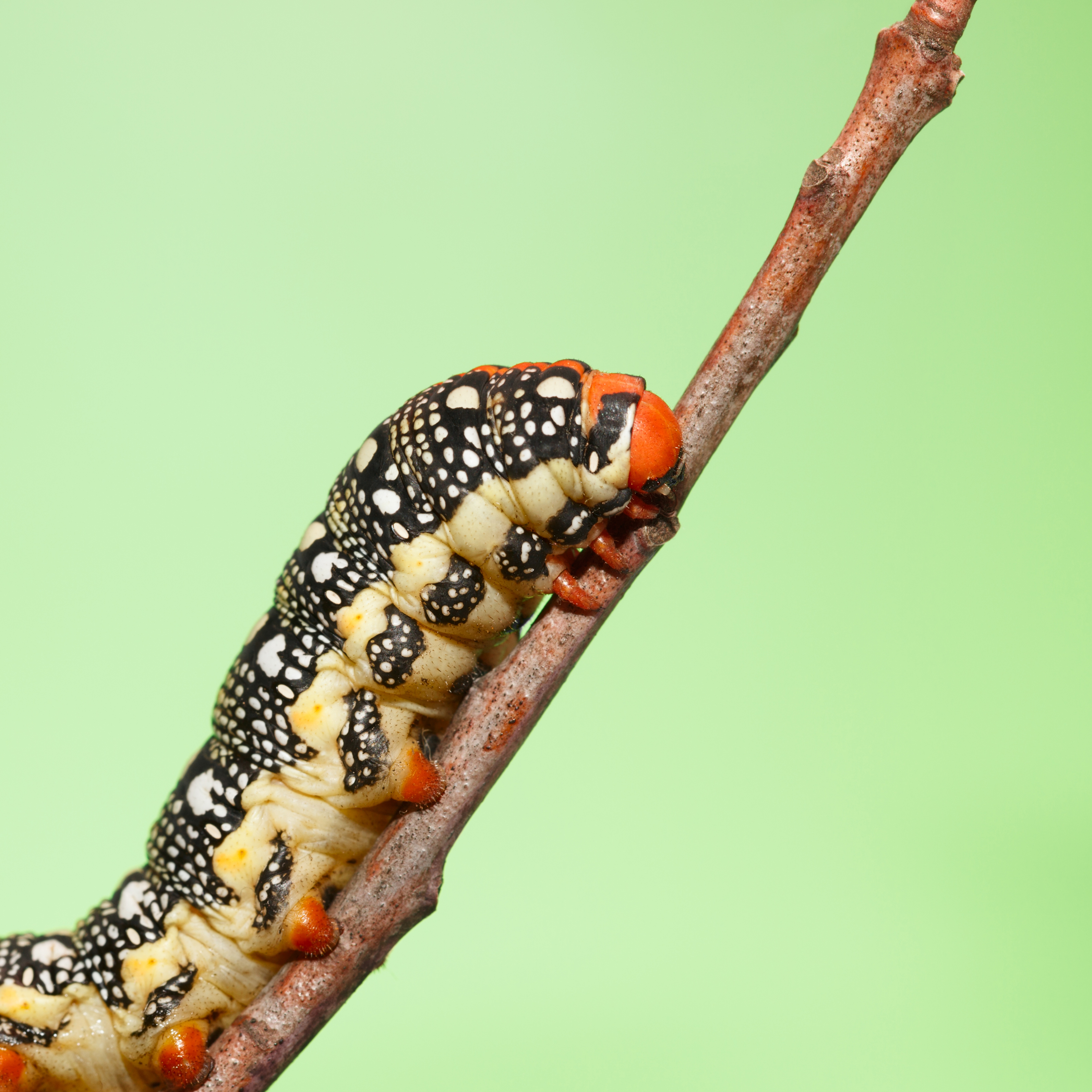
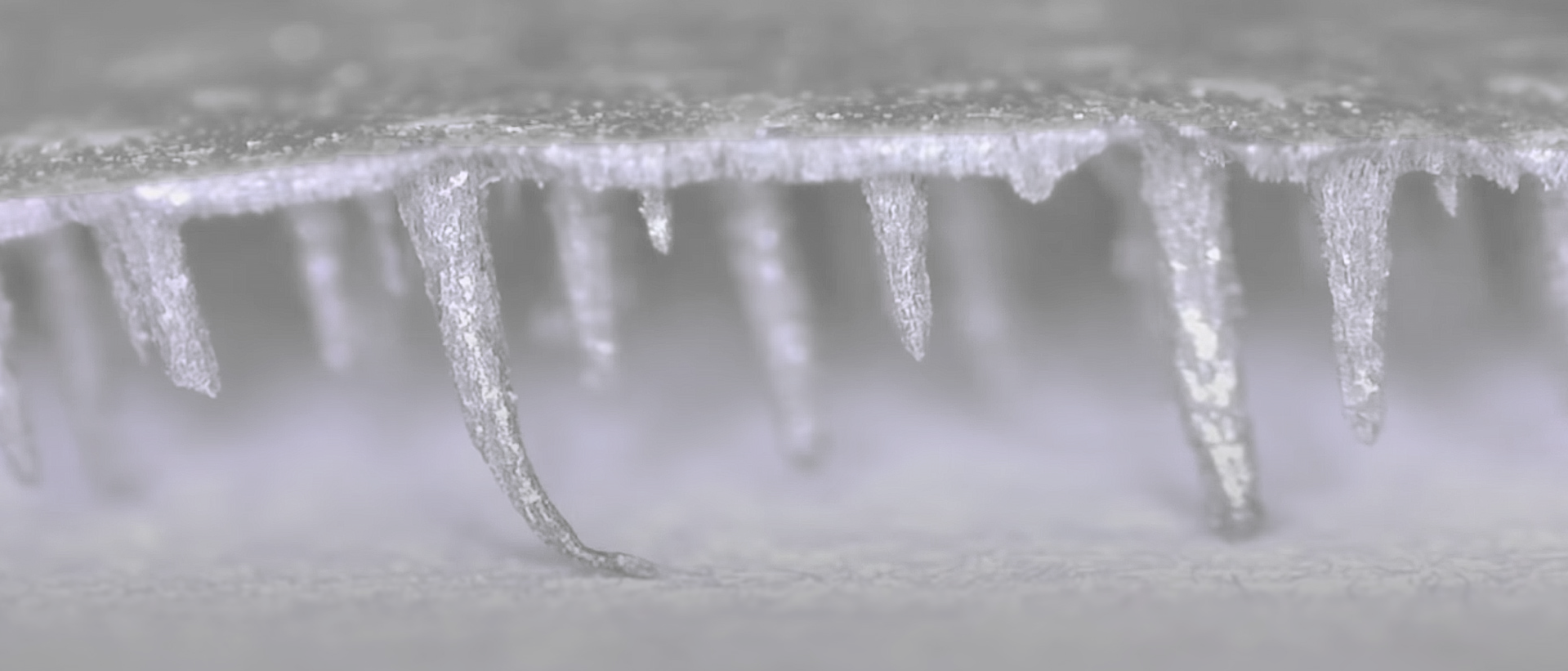
image | above top
A close-up of an actual caterpillar.
image | above bottom
A close-up of the robot caterpillar prototype.
photo: by City Univ. of Hong Kong
— contents —
~ story
~ video
~ report
— story —
A tiny, caterpillar-like robot is being developed by researchers in China — to help deliver therapeutic drugs inside the human body. With soft, flexible legs similar to a real caterpillar, it can carry heavy-weight loads 100 times heavier than itself — the equivalent strength of a human able to lift a 26 seat mini-bus. Plus it can adapt to difficult + uneven terrain.
The prototype could pave the way for advances in bio-medicine: such as drug delivery. Before conducting tests in animals — and eventually in humans — the research team is experimenting with new shapes, finding a bio-degradable material for its body, and adding features.
Around the world, there have been efforts to develop soft milli-robots. The City Univ. of Hong Kong developed this miniature delivery robot. Their recent prototype has multi-legs that significantly reduce friction. This aspect of the robot’s design provides a big benefit — it can move efficiently across surfaces (within the human body) lined with, or totally immersed in, body fluids — such as blood or mucus. For example, it could potentially transport a standard pill-sized object through a human body organ like the stomach.
— design discovery —
The robot’s little legs resemble cilia found in the bodies of animals + humans. Cilia are a type of body tissue resembling thousands of tiny legs or hairs — a surface covered in cilia looks a lot like a sea anemone. Here’s a video that shows the similarity — watch: video.
The body’s cilia can be found in the ears, the eyes, the lungs, and many other places in the body. Here’s a short video showing cilia — watch: video
So by simulating these movements — like a sea anemone or cilia — the caterpillar robot maneuvers through the body. To come-up with the design, the research team studied leg structures of hundreds of animals — from bi-peds to quadru-peds, and creatures with 8 or more legs. What they discovered: the feature that matters most is the ratio of the gap between legs and overall leg-length.
The team explained: “Most animals have a leg length -to- leg gap ratio of 2:1 -to- 1:1 — so we decided to create our robot using 1:1 proportion, like in nature. The robot must have specific dimensions to function properly.”
the caterpillar robot:
- is made of — the silicon material called poly-dimethyl-siloxane (PDMS)
- measures — .15 mm thick
- its leg gap measures — .6 mm
- each of its conical legs measure — .65 mm long
- making the overall length -to- gap ratio — 1:1
— making it move —
The caterpillar robot’s pointed legs have minimal contact area with surface, reducing friction. Because of its reduced leg size, the robot has 40 times less friction than limbless robots — in both wet + dry environments.
The robot is made with a silicon material called poly-dimethyl-siloxane (PDMS) — embedded with magnetic particles so it can be remote controlled by applying electro-magnetic force. Medical professionals can drive the robot using a magnetic manipulator. They can move the robot in what’s called a “flap propulsion” pattern or an “inverted pendulum pattern.” This means that its front feet can flap the robot forward and swing the body left + right.
With its soft, deformable legs: the robot can lift up one end of its body to form an angle of up to 90 degree — to cross obstacles easily. Even terrain 10 times higher than its leg length.
To increase the caterpillar robot’s speed, researchers can simply increase the electro-magnetic frequency. The caterpillar robot isn’t bio-degradable yet. But the researchers plan to implement this feature in 3 years.
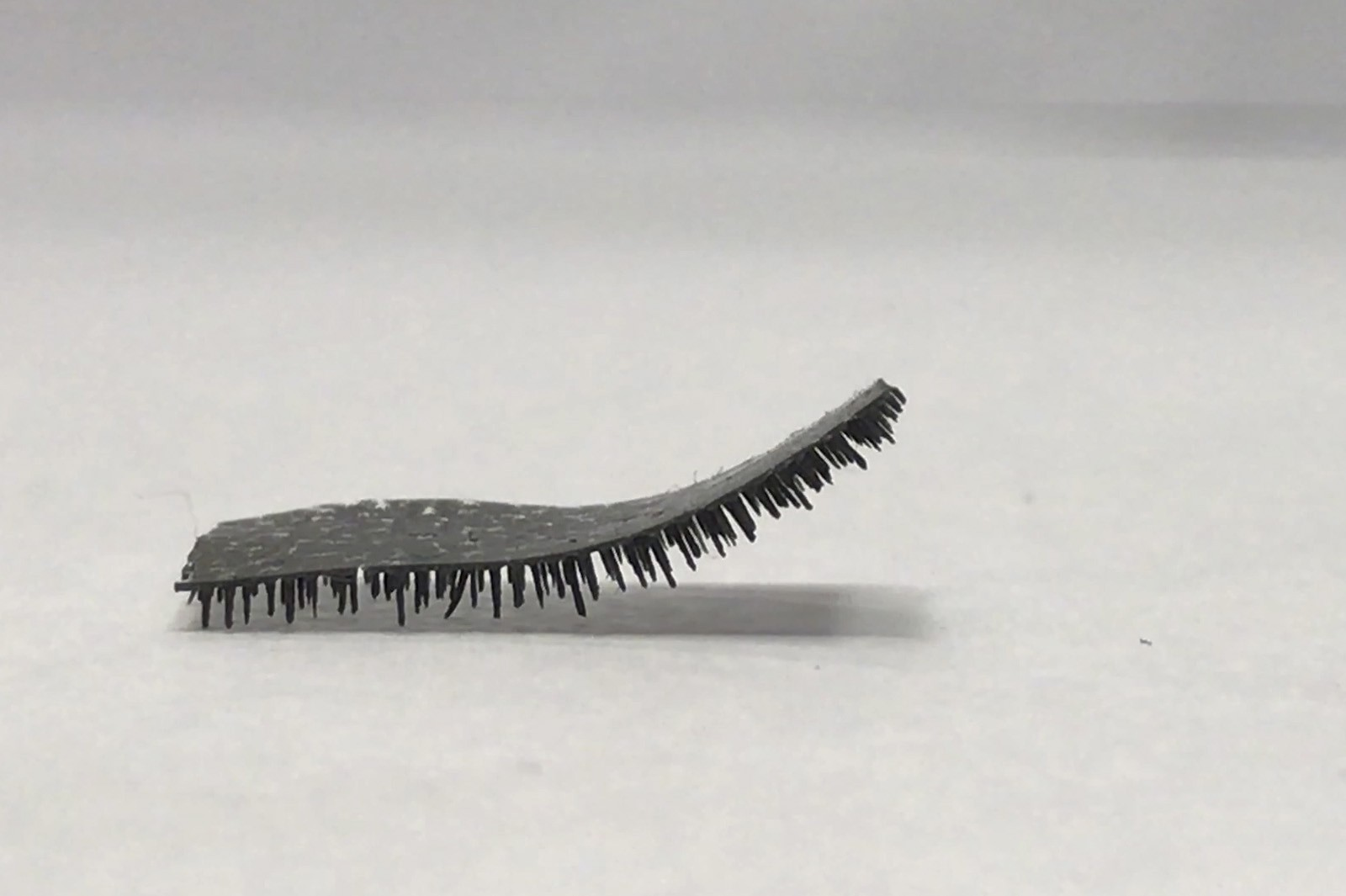
image | above
A robot caterpillar moves by itself.
photo: by City Univ. of Hong Kong
expert quotes | research team
“So this robot is designed + inspired by nature. It has multiple legs — these legs along the sides of the robot can carry a very heavy load, around 100 times its own weight. Also, its legs help the robot cross obstacles in its path — that are 10 times higher than its own legs.
This milli-robot is especially suitable for applications in a harsh environment — for example: delivering a pharmaceutical drug to a designated spot through the digestive system, or doing medical exams.”
— Yajing Shen PhD | lead researcher • City Univ. of Hong Kong
expert quotes | research team
“Both the materials and the mutli-leg design greatly improve the robot’s hydro-phobic (repelling water) property. It’s rubbery soft and can be cut easily to form robots in a range of shapes and sizes — for different applications.
The rugged surface and changing texture of different tissues inside the human body make transportation challenging. Our multi-legged robot shows an impressive performance in various terrains — opening-up applications for drug delivery inside the body.”
— Zuankai Wang PhD | engineer • City Univ. of Hong Kong
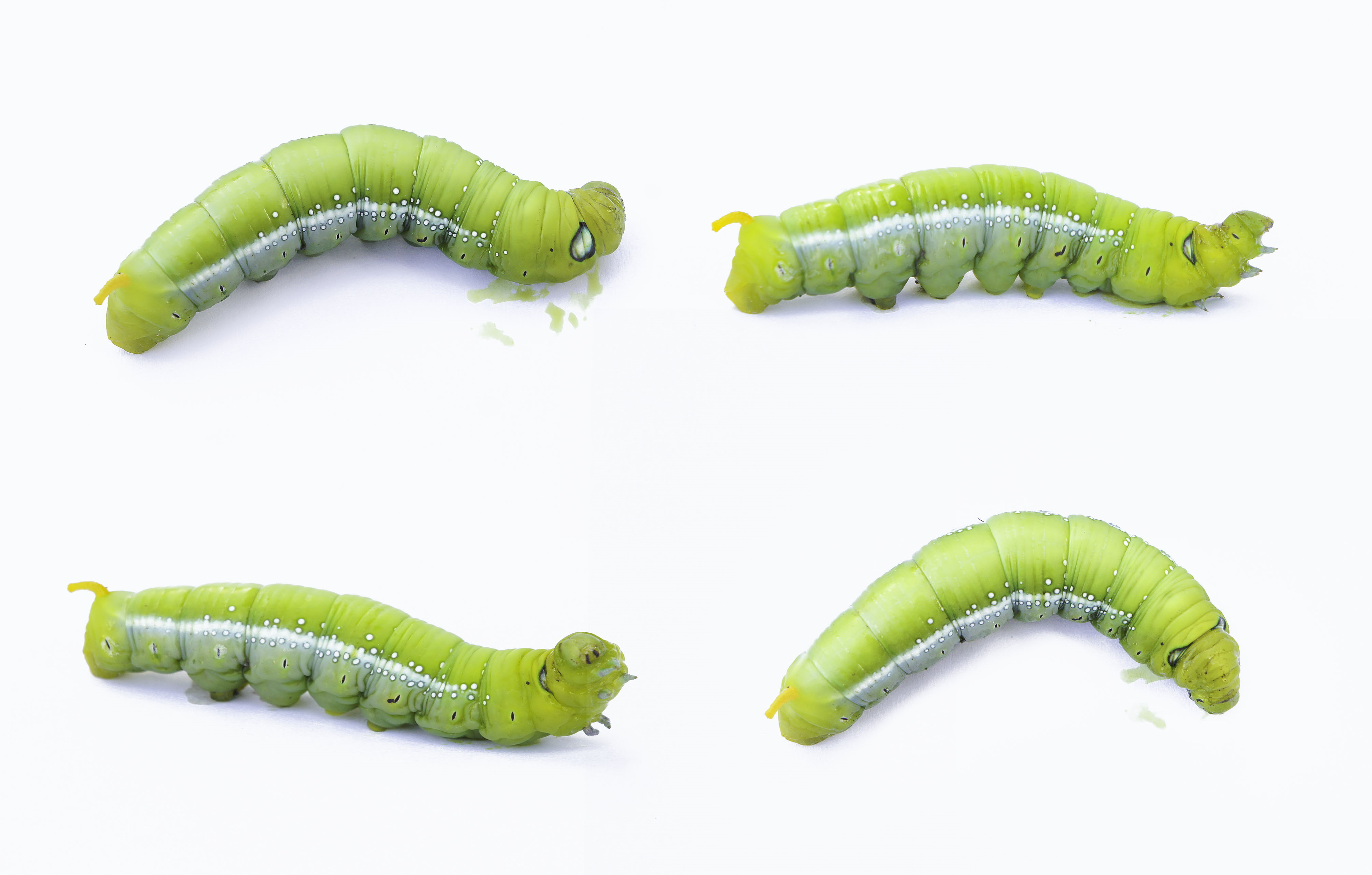
image | above
A close-up of an actual caterpillar in motion.
watch | video
The robot caterpillar.
watch | video
The robot caterpillar.
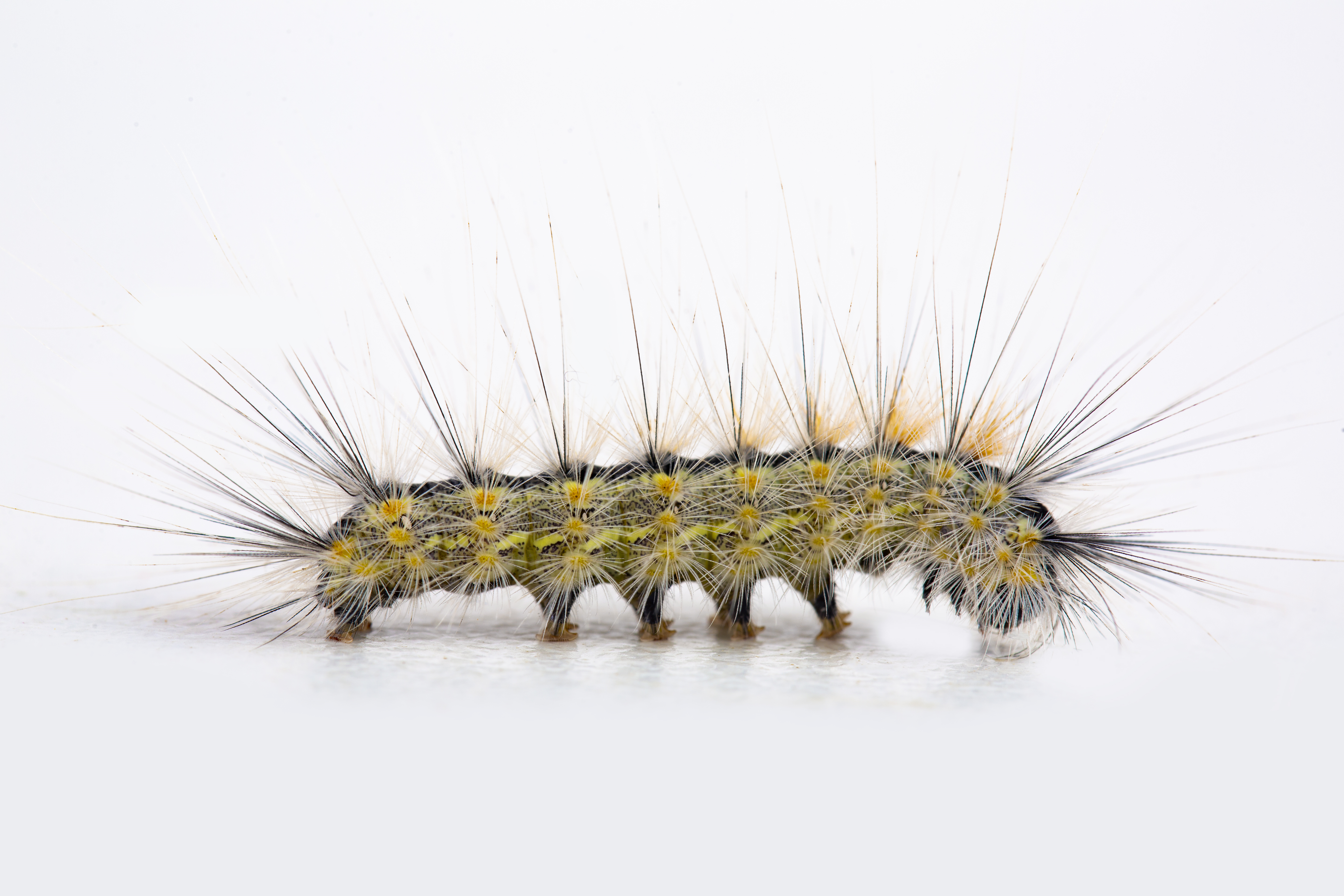
— the report —
publication: Nature Communications
organization: City Univ. of Hong Kong
paper title: A bio-inspired multi-legged soft millirobot that functions in both dry + wet conditions
on the web | reading
City Univ. of Hong Kong | Tiny Soft Robot: with multi-legs
deck: Paves the way for drug delivery in the human body.
Edgy | Caterpillar Robot: developed to improve drug delivery in humans
— notes —
mm = milli-meter
